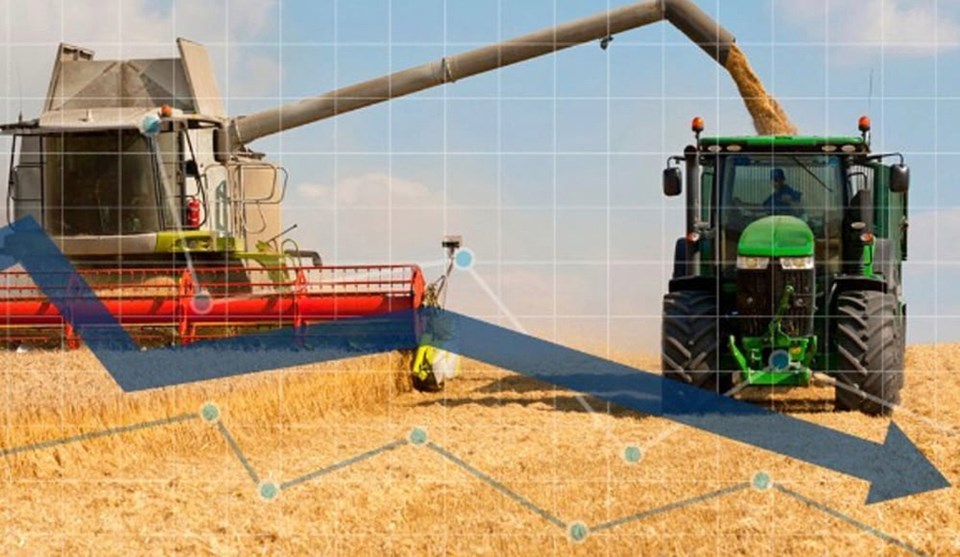Farm Credit Canada thinks the tide has turned for Canada’s crop producers after three years of rising prices and strong profits.
“As margins are pressured by falling commodity prices, weather-impacted yields and rising expenses, the 2023-24 crop year likely won’t be as positive,” the organization said in a recent outlook.
Most crop prices are expected to fall this year but will remain above their five-year averages.
Feed barley, durum and spring wheat are the only crops expected to experience a rise in values compared to 2022-23.
Meanwhile, crop production is down 13 percent year-on-year and eight percent below the five-year average.
“In 2021, when Canadian production was even more limited, high and rising commodity prices were able to boost farm cash receipts,” said FCC.
“In 2023, constrained overall supplies are in a lower-price environment — a double whammy for total revenues.”
MarketsFarm analyst Bruce Burnett concurs with FCC’s conclusions.
“The margins are definitely tighter for this 2023 harvest and marketing year,” he said.
That is in part due to lower crop production and prices but also sky-high input costs, many of which were incurred in the fall of 2022.
He believes it is probably the most expensive crop farmers have ever grown on the Prairies.
The good news is that input prices have fallen precipitously in 2023. Burnett’s brother will be applying anhydrous ammonia this fall that is 40 cents per pound cheaper than it was last year.
FCC expects fertilizer prices to continue falling until the end of the calendar year and then trend slightly higher by seeding time in 2024.
“Overall, we expect whole-scale (price) improvement for the seeding of the 2024-25 crop year as each input’s downward price trend stabilizes,” said FCC.
For instance, urea prices are expected to average $690 per tonne in 2024-25, a 29 percent drop from the previous year.
All fertilizer prices are expected to be down, as will fuel prices.
Burnett noted that fuel prices are still high. Brent crude oil prices shot back up above US$90 per barrel on Oct. 20.
FCC said wheat prices are under pressure from Russia’s huge harvest, improving transportation logistics in Ukraine and unexpectedly high exports from Turkey.
Even if prices do eventually rise, there are limited supplies of Canadian wheat to sell.
Ending stocks for 2022-23 were the lowest on record for durum and the second lowest for non-durum wheat.
Durum production fell 30 percent in 2023-24, while non-durum wheat was down 10 percent.
“Based on the lower prices and limited production, margins will likely be tight for the east’s winter wheat and more heavily pressured for western spring wheat,” said FCC.
Canada’s canola production dropped 7.1 percent and total supplies fell 5.8 percent from last year.
“Ending stocks are forecast to tumble a steep 33.6 percent, helping to keep prices elevated this year,” said FCC.
“The boost to soybean prices from strong global demand for vegetable oil will hold for canola as Canadian and global processing capacity grows.”
The lentil stocks-to-use ratio for 2023-24 is forecast at nine percent, which is low.
Peas are not much better with an anticipated 24.7 percent drop in carryout stocks.
However, prices are still forecast to fall due to uncertain demand, and that will threaten pulse profitability.
“Some operations may see red ink this year,” said FCC.




